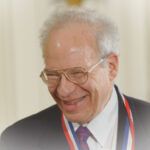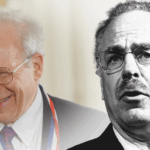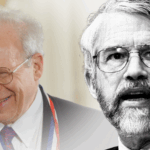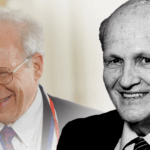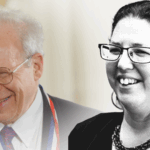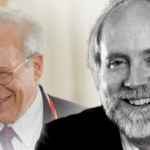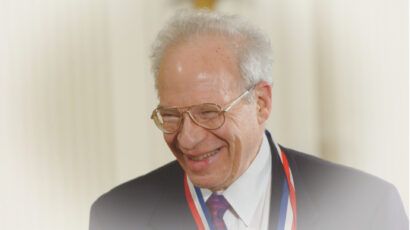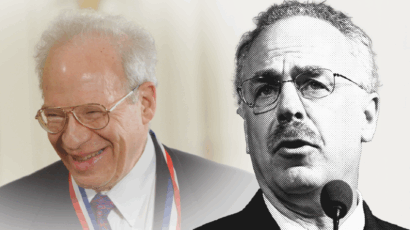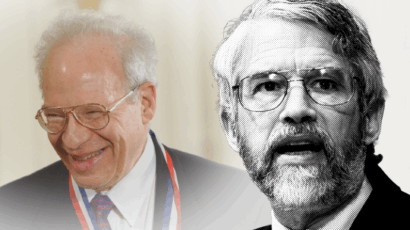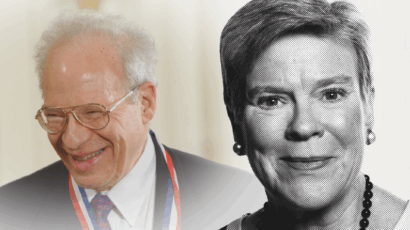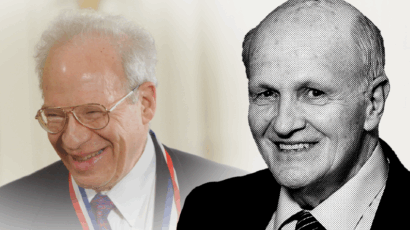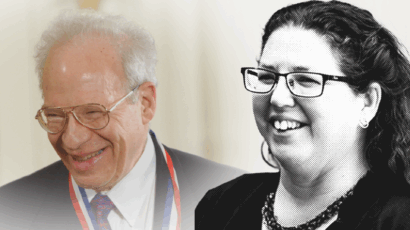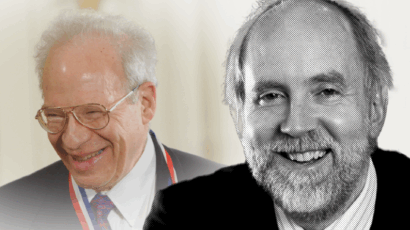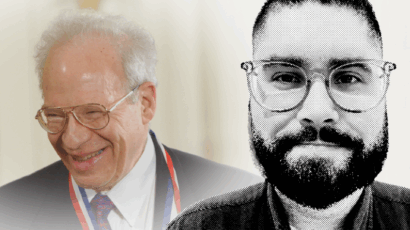Dick Garwin: A fine human being at the forefront of international nuclear arms control negotiations
By Rose Gottemoeller | May 23, 2025
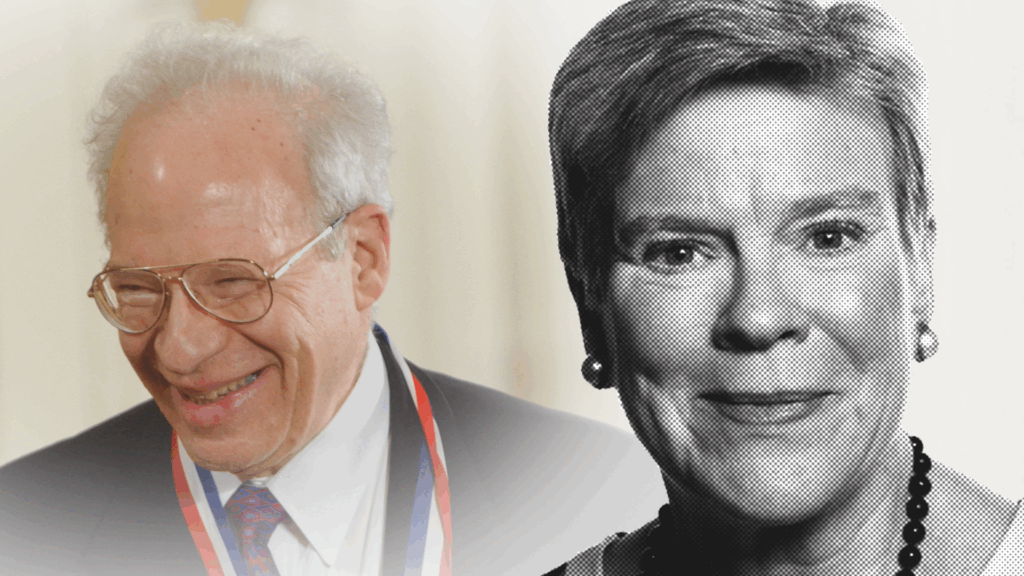
Editor’s note: This essay is part of a collection of appreciations of Dick Garwin.
Many scientific powerhouses will speak to Dick Garwin’s contributions to nuclear physics and the myriad other fields he was involved in during his long, productive career. I’m no scientist, so I would like to speak instead to Dick’s humanity. I first met him in the mid-1990s, when I joined the National Academies of Sciences’ Committee on International Security and Arms Control (CISAC).[1] I was a young expert in the nuclear policy arena, so I supposed I was invited as a policy wonk—not, by any means, as a scientist. The group at that time included several well-known figures much older than I, and I was a bit overwhelmed by the company I was keeping.
Dick Garwin never failed to listen to what I had to say and give me wise comments in return. He always seemed to be glad of my company, including on a trip to China in February 1996, my first. We were there in a small group to talk to the Chinese about nuclear arms control and nonproliferation and other topics of the day—I remember missile defense was front and center, as it always is.
Five-star hotels had not yet arrived in Beijing—we were staying in a 1970s tourist hotel. When I mentioned to Dick that the lamp on my desk wasn’t working, he promptly showed up with a suitcase full of tools and wires and fixed it. He might have even provided a light bulb. He also filled me in on the people on the other side of the table, physicists and engineers who were key figures in the Chinese nuclear and missile establishments. Without Dick, I never would have understood their importance.
Another CISAC meeting that stands out in my mind is our 2004 trip to Goa in India, to meet with Indian counterparts. Dick and his wonderful wife Lois were both along. She too was a source of great kindness, but the two of them together had a taste for adventure that I never would have predicted. When the meetings were done and we had a final day for some excursions, they announced that they’d made arrangements to visit a waterfall and a tiger reserve. Would I like to come along? When I demurred in favor of a restful afternoon, they both insisted—and so I went. When we got to the waterfall, Dick urged us all farther and farther out on the rocks, “to get a better view.” Luckily, no one fell in.
And the tiger reserve? We were in a bright green bus with strong bars over the windows, moving on a dusty track through a hot tropical forest. The tigers were mostly somnolent, but a couple of them obligingly roared and cast themselves at the bus—the bars held, and we were glad. Back at the hotel, Dick and Lois declared it had been a fine afternoon, and they had the photos to prove it. It was those days before a digital camera in every pocket, and I never saw the photos once they were developed—but I hope they still exist somewhere in a Garwin family album.
Dick Garwin was a fine human being. I will always remember his kindness and willingness to listen, even to a very young, non-scientist colleague. It’s a lesson I will try to carry forward, in his memory.
Notes
[1] The National Academy of Sciences’ Committee on International Security and Arms Control is distinct from Stanford University’s Center for International Security and Cooperation, both shortened to CISAC.
Together, we make the world safer.
The Bulletin elevates expert voices above the noise. But as an independent nonprofit organization, our operations depend on the support of readers like you. Help us continue to deliver quality journalism that holds leaders accountable. Your support of our work at any level is important. In return, we promise our coverage will be understandable, influential, vigilant, solution-oriented, and fair-minded. Together we can make a difference.
Keywords: China, Garwin appreciations, Richard Garwin, US-China Relations, arms control, science diplomacy
Topics: Nuclear Weapons, Personal Essay


